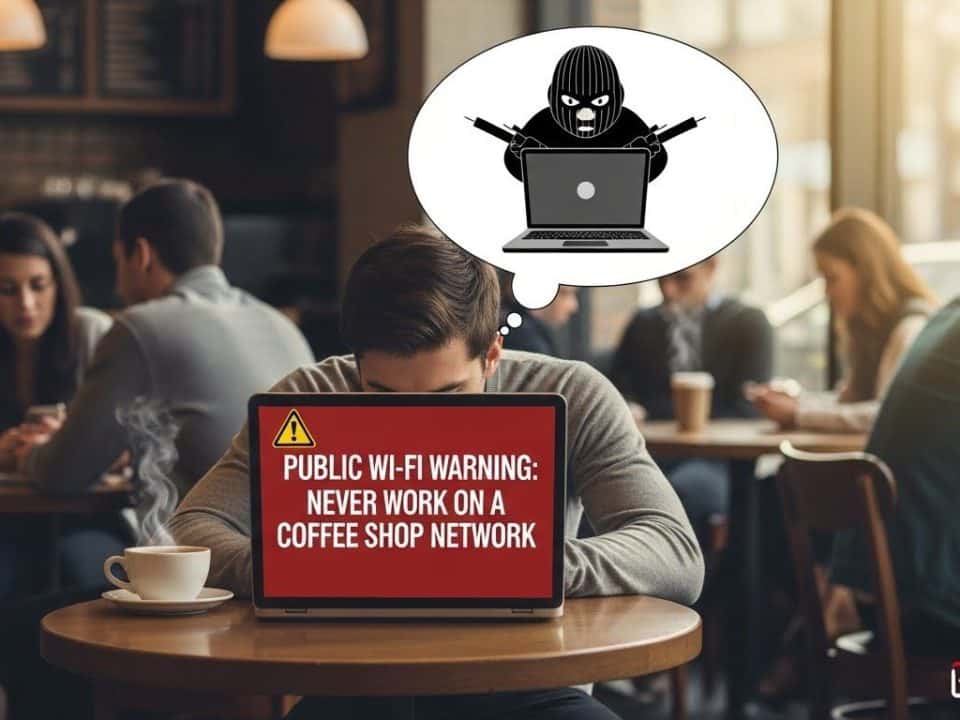
Cyber Insurance: A Shield for Your SMB
May 12, 2025
Supply Chain Under Siege: Protecting Your Business from Hidden Threats
May 15, 2025Fortify Your Business: Building True Cyber Resilience
In today’s relentless digital landscape, cyber threats have become a persistent reality for businesses of all sizes. While proactive prevention remains a cornerstone of cybersecurity, a more holistic and robust approach is gaining prominence: cyber resilience. It’s no longer enough to simply try and block every attack. Organizations are now recognizing the critical need to build the capacity to withstand and recover swiftly when, not if, a cyber incident occurs.
For small to medium-sized businesses (SMBs) here in Houston, Texas, this shift towards cyber resilience is particularly crucial. Often operating with limited resources and IT staff, SMBs can be disproportionately impacted by successful cyberattacks, facing significant financial losses, reputational damage, and operational disruptions.
Cyber resilience goes beyond firewalls and antivirus software. It encompasses a comprehensive strategy that integrates various elements to ensure business continuity in the face of cyber adversity. Let’s delve into some key components:
1. Robust Incident Response Plans: Your Cyber Crisis Playbook
Think of an incident response plan (IRP) as your organization’s emergency preparedness guide for cyberattacks. It outlines the specific steps to be taken when a security breach occurs, from initial detection and containment to eradication, recovery, and post-incident analysis. A well-defined IRP minimizes downtime, limits damage, and ensures a coordinated and effective response. Key elements of an IRP include:
- Clear Roles and Responsibilities: Identifying who is responsible for specific actions during an incident.
- Communication Protocols: Establishing how information will be shared internally and externally.
- Containment Strategies: Defining methods to isolate the affected systems and prevent the attack from spreading.
- Eradication Procedures: Detailing the steps to remove the threat from the environment.
- Recovery Processes: Outlining how systems and data will be restored to normal operations.
- Post-Incident Review: Analyzing the incident to identify vulnerabilities and improve future defenses.
2. Business Continuity Strategies: Ensuring Operational Endurance
Cyberattacks can cripple business operations. Business continuity (BC) strategies focus on maintaining essential functions during and after a disruption. This involves identifying critical business processes and developing plans to ensure their continued operation, even with compromised systems. BC strategies often include:
- Data Backups and Recovery: Regularly backing up critical data and having a tested plan for swift restoration. Consider the 3-2-1 rule: three copies of your data, on two different media, with one copy offsite.
- Alternative Work Arrangements: Establishing procedures for employees to work remotely or from alternative locations if the primary office is affected.
- Redundant Systems and Infrastructure: Implementing backup systems and infrastructure to take over in case of primary system failures.
- Supply Chain Resilience: Understanding and mitigating cybersecurity risks within your supply chain, as a breach at a partner can impact your operations.
3. Cultivating a Security-Aware Culture Through Employee Training
Your employees are often the first line of defense against cyber threats. Comprehensive and ongoing security awareness training is paramount in building a cyber-resilient organization. This training should educate employees on:
- Identifying Phishing and Social Engineering Attacks: Recognizing suspicious emails, links, and requests for information.
- Password Security Best Practices: Creating strong, unique passwords and using multi-factor authentication.
- Safe Browsing Habits: Avoiding risky websites and downloads.
- Data Handling Procedures: Understanding how to properly handle sensitive information.
- Reporting Suspicious Activity: Knowing how and when to report potential security incidents.
Regular training and reinforcement help create a security-conscious culture where employees are vigilant and play an active role in protecting the organization.
Beyond the Basics: Continuous Improvement
Cyber resilience is not a one-time implementation; it’s an ongoing process of assessment, adaptation, and improvement. Regularly testing your incident response and business continuity plans through simulations and tabletop exercises is crucial to identify weaknesses and refine your strategies. Staying informed about the evolving threat landscape and adapting your defenses accordingly is also essential.
Ready to Fortify Your Houston Business?
At Krypto IT, we understand the unique cybersecurity challenges faced by SMBs in Houston. We can help you move beyond basic prevention and build a robust cyber resilience strategy tailored to your specific needs. Our expert team can assist you in developing comprehensive incident response plans, implementing effective business continuity measures, and delivering engaging employee security awareness training.
Contact us today for a free consultation and take the first step towards a more resilient and secure future for your business.
Secure Your Future. Contact Krypto IT for a Free Cybersecurity Resilience Consultation Today! 713-526-3999 | www.kryptocybersecurity.com
#CyberResilience #Cybersecurity #SMB #Houston #Texas #KryptoIT #IncidentResponse #BusinessContinuity #SecurityAwareness #TechSecurity




